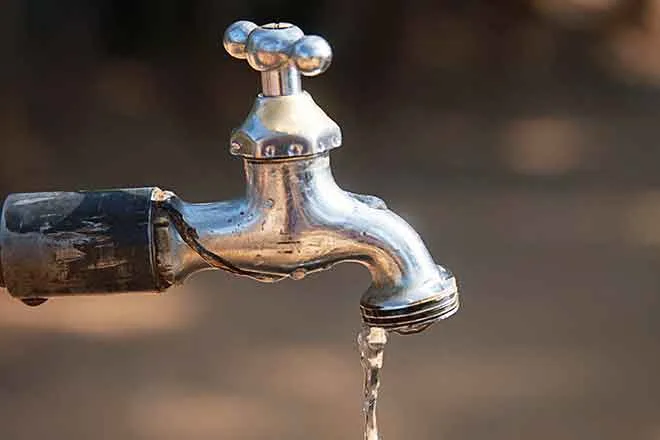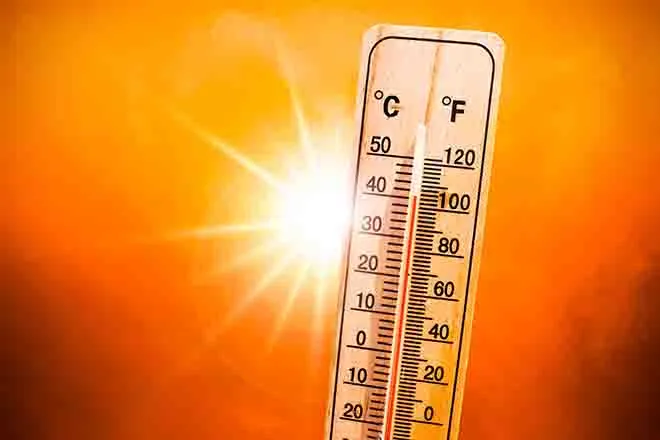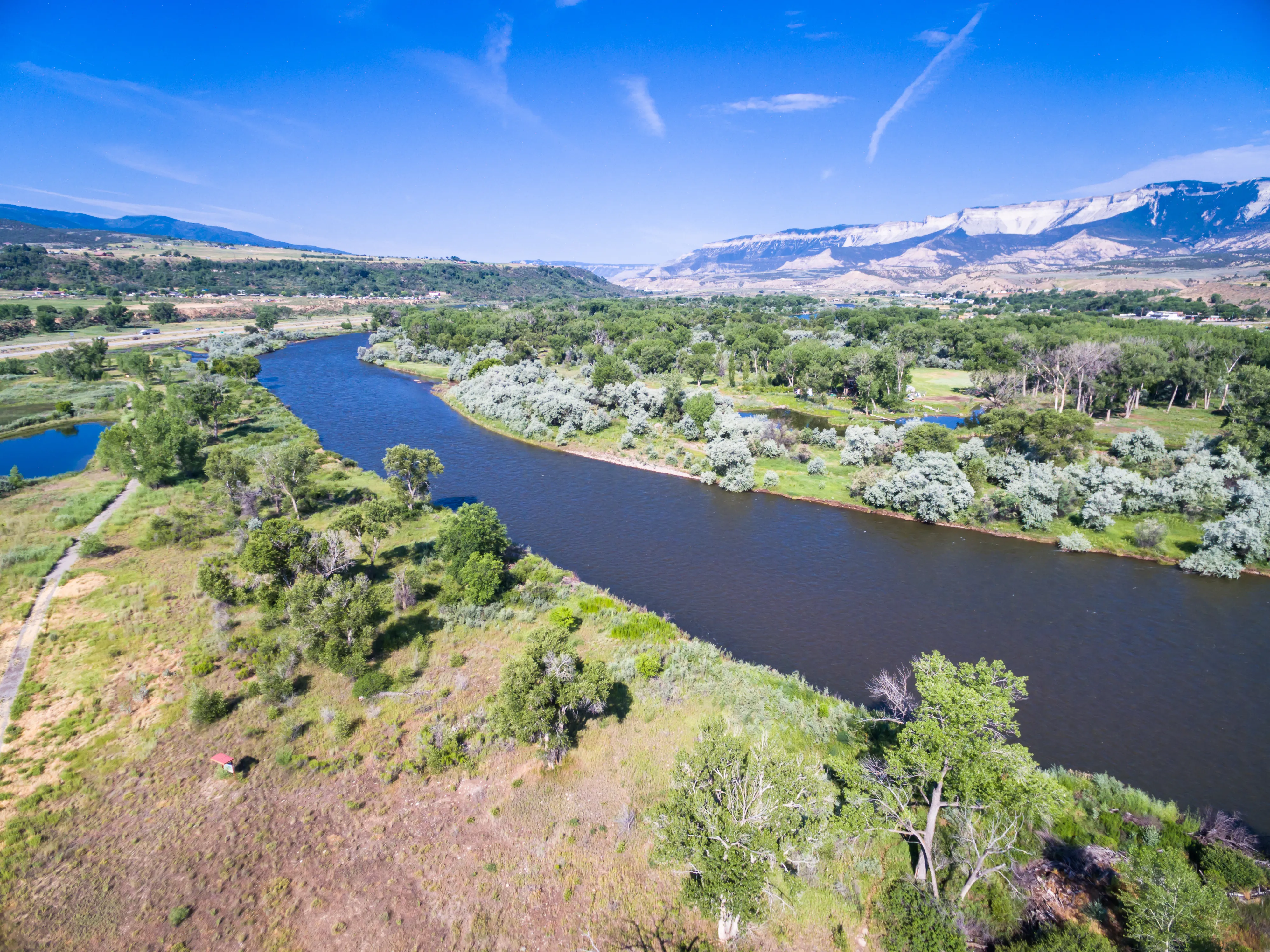
Tree watering necessary during drought conditions
Tree watering necessary during drought conditions
Despite occasional rain showers in areas of western Colorado over the spring and summer, persistent drought conditions have parched soil over much of the western part of the state, stressing irrigated lawns and larger landscape trees. During these periods of drought, residents should consider supplemental watering to keep their trees healthy.
“Adequately watering your trees is the best way to ensure optimum growth and vigor during the summer months,” said Donna Davis, urban and community forestry specialist for the Colorado State Forest Service. “Drought-stressed trees become susceptible to root and branch die-back and subsequent insect and disease problems.”
According to the latest data from the National Drought Mitigation Center, much of western Colorado is currently experiencing some drought, with conditions being “extreme” and “exceptional,” which is the highest rating from the center, across the western third of the state
The CSFS offers the following tips to keep trees healthy during summer drought.
- Mulch. Mulch is an inexpensive solution to retain soil moisture and save water. Apply 4 inches of organic mulch onto bare soil within 2 to 3 feet from the base of the trunk of a newly planted or small tree, and up to as wide as the branches of a large tree (removing any grass first, if necessary). Do not allow the mulch to contact the trunk directly.
- Water a wide area. Tree roots can spread much wider than the height of a tree, with most absorbing roots in the top foot of soil. Apply water to soak the entire area underneath the full span of a tree’s branches.
- Water slowly. To ensure soil penetration, use a deep root fork (inserted 8 inches or less), soaker hose on low setting or soft spray wand to apply water gradually to the full area.
- Keep the yard green. Trees located in irrigated lawns generally do not require additional water, as long as the area surrounding the tree receives adequate moisture. Conversely, a dry, yellowish yard means the roots of any trees are also dry.
- Provide enough water. Use a ruler to measure your tree’s diameter at 6 inches above ground level. For trees with trunks 1-3 inches in diameter, apply 10 gallons of water for each inch of tree trunk diameter once a week. For medium-sized trees (4-9 inches in diameter), apply 10 gallons of water for each inch of trunk diameter three times a month. For trees over 10 inches in diameter, apply 15 gallons of water for each inch of trunk diameter twice a month.
- Focus on new and non-irrigated trees. Water newly planted trees and seedlings more frequently than once a week, following the rates listed above, as they have less-extensive root systems. To avoid stress during drought conditions, trees that do not receive water from sprinkler systems or irrigation can also benefit from additional water.
Visit csfs.colostate.edu/colorado-trees/selecting-planting-and-caring-for-trees for more tips on tree watering, planting and general care
















